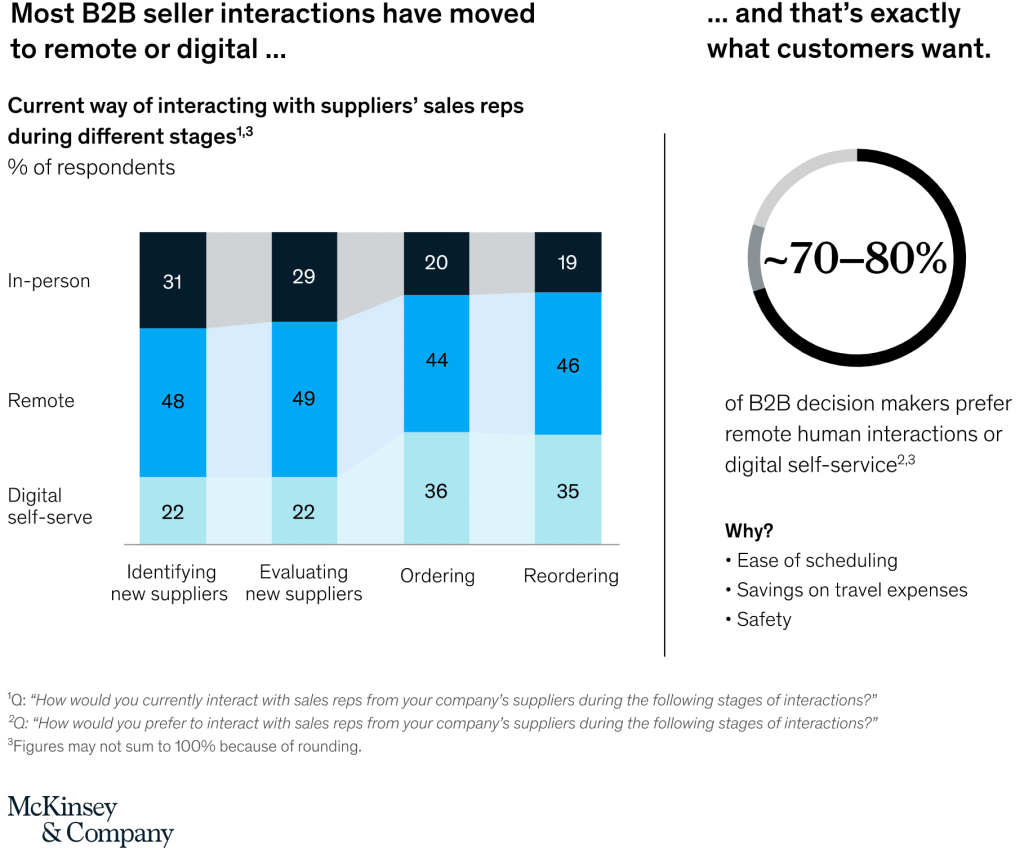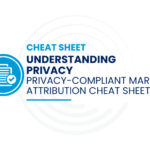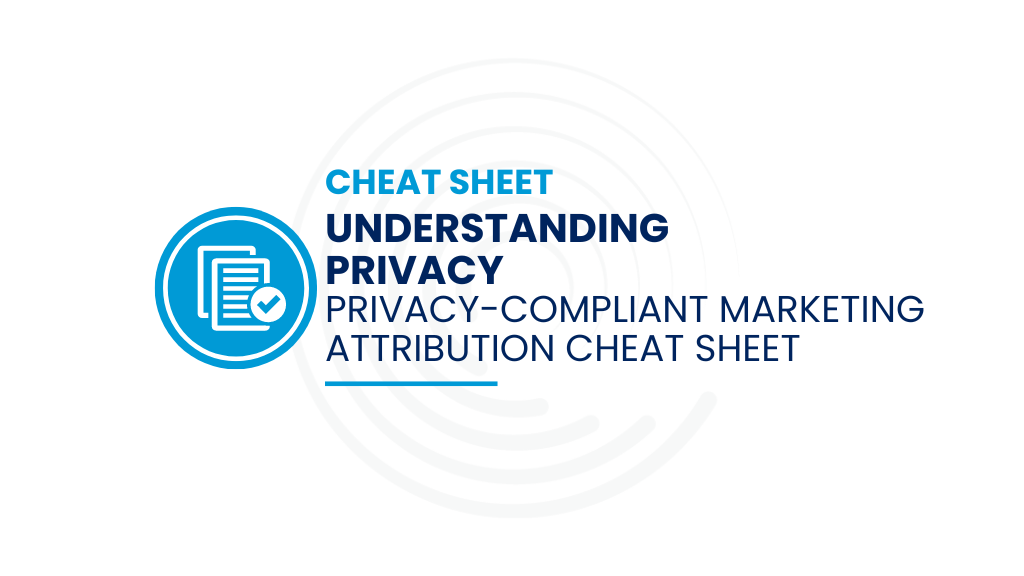What are the qualities of great B2B lead management? It’s an important question. B2B lead generation operations experienced a seismic shift when the pandemic took in-person events, which so many companies rely, off the table. Some B2B marketers took a major budget hit, while many marketing departments redirected dollars to digital programs.
No one is happy about the circumstances that made these moves necessary, but there is a silver lining: it’s easier to capture data on customer interactions on digital channels, and with the right tools, you can gain valuable insights. B2B teams can use this opportunity for a reset so they can achieve great lead management.

Experimentation and Measurement
One of the qualities that drives great lead management is a mindset: that it’s okay to experiment and even fail, as long as you learn something. Marketing teams have varying levels of risk tolerance. It depends in part, on which overarching strategy they use, i.e., agile marketing practitioners tend to be more risk tolerant, whereas traditional marketers are usually less so.
But whichever approach you use, experimentation is necessary because that’s how you discover more effective types of campaigns and messages. Measurement is the key. Great B2B lead management requires the ability to capture data so you can measure engagement and monitor the pipeline. It also requires the ability to track leads at every stage of the sales funnel.
The ability to accurately attribute revenue to campaigns is also critical. Using attribution models, you can figure out which campaigns contributed to deals, which allows you to find out which campaigns and messages generated the highest ROI. That, in turn, will allow you to tweak campaigns to make them more effective and optimize your marketing mix.
A Well-Defined Process
A well-defined process is another element of great B2B lead management, and again, it’s underpinned by data. Transparent funnel metrics using data inside the CRM aligns the sales and marketing teams around a single source of data truth. Shared nomenclature is also important: sales and marketing need to have agreed-upon definitions of MQLs and SALs, etc.
With a shared language and transparent data on the de facto revenue reporting system, the CRM, sales and marketing teams should meet frequently to review campaign results. Funnel metrics make it simple to identify bottlenecks and improve processes. Meetings should feature discussions about results, suggestions on how to improve and action items to resolve issues.
It’s also important to document your process and make sure everyone understands how the components — the experimentation, measurement, nomenclature, meetings, action items, etc., work together to produce results. A well-defined process is critical for continuity; people come and go, but processes and enabling technology can maintain momentum.
A Virtuous Circle
When you put it all together — experimentation, measurement and a well-defined process that aligns teams — everything works in sync to create a virtuous circle, a state where the marketing team identifies which campaigns generate the most ROI so they can invest more efficiently and where marketing works closely with sales to drive operational efficiency.

Data and the ability to analyze it for insights are the foundation upon which all of the other elements of great B2B lead management are built. At Full Circle, we’ve seen clients who put these elements and place and used best practices to drive double-digit efficiency increases. So, if you’re looking to up-level your lead management practices, keep these elements in mind.







